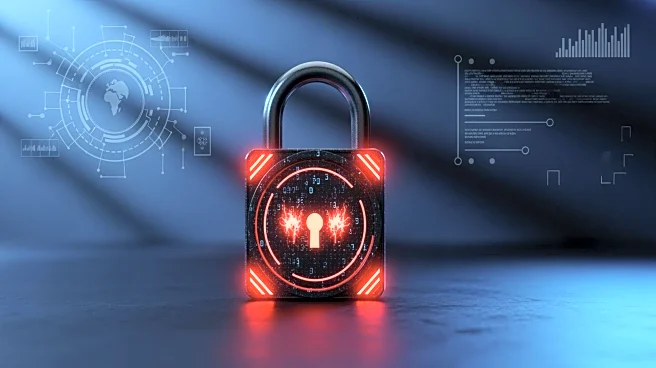What's Happening?
The LockBit ransomware group has re-emerged after a partial takedown in early 2024, launching a series of new attacks across Western Europe, the Americas, and Asia. According to a report by cybersecurity
firm Check Point, at least a dozen attacks have been confirmed since September 2025. The group has introduced a new variant, LockBit 5.0, codenamed 'ChuongDong,' which boasts enhanced security features, cross-platform compatibility for Windows, Linux, and ESXi, and improved anti-analysis measures. Affiliates of the group are now required to pay a $500 Bitcoin deposit to access the updated management panel and encryptors. This resurgence indicates that LockBit's infrastructure and affiliate network are once again operational.
Why It's Important?
The resurgence of the LockBit ransomware group poses significant threats to global cybersecurity, particularly for organizations in the targeted regions. The introduction of LockBit 5.0 with its advanced features increases the complexity and potential impact of ransomware attacks, making it more challenging for cybersecurity defenses to detect and mitigate. This development underscores the ongoing evolution of ransomware tactics and the persistent threat they pose to businesses and critical infrastructure. Organizations may face increased financial and operational risks, necessitating enhanced cybersecurity measures and strategies to protect against such sophisticated threats.
What's Next?
Organizations and cybersecurity professionals are likely to intensify their efforts to counter the renewed threat posed by LockBit. This may involve adopting more robust security protocols, investing in advanced threat detection technologies, and enhancing employee awareness and training to prevent ransomware infiltration. Governments and international cybersecurity agencies might also collaborate to track and dismantle the group's operations, similar to the efforts seen in Operation Cronos. The ongoing threat could lead to increased regulatory scrutiny and the development of new policies aimed at bolstering cybersecurity resilience.











